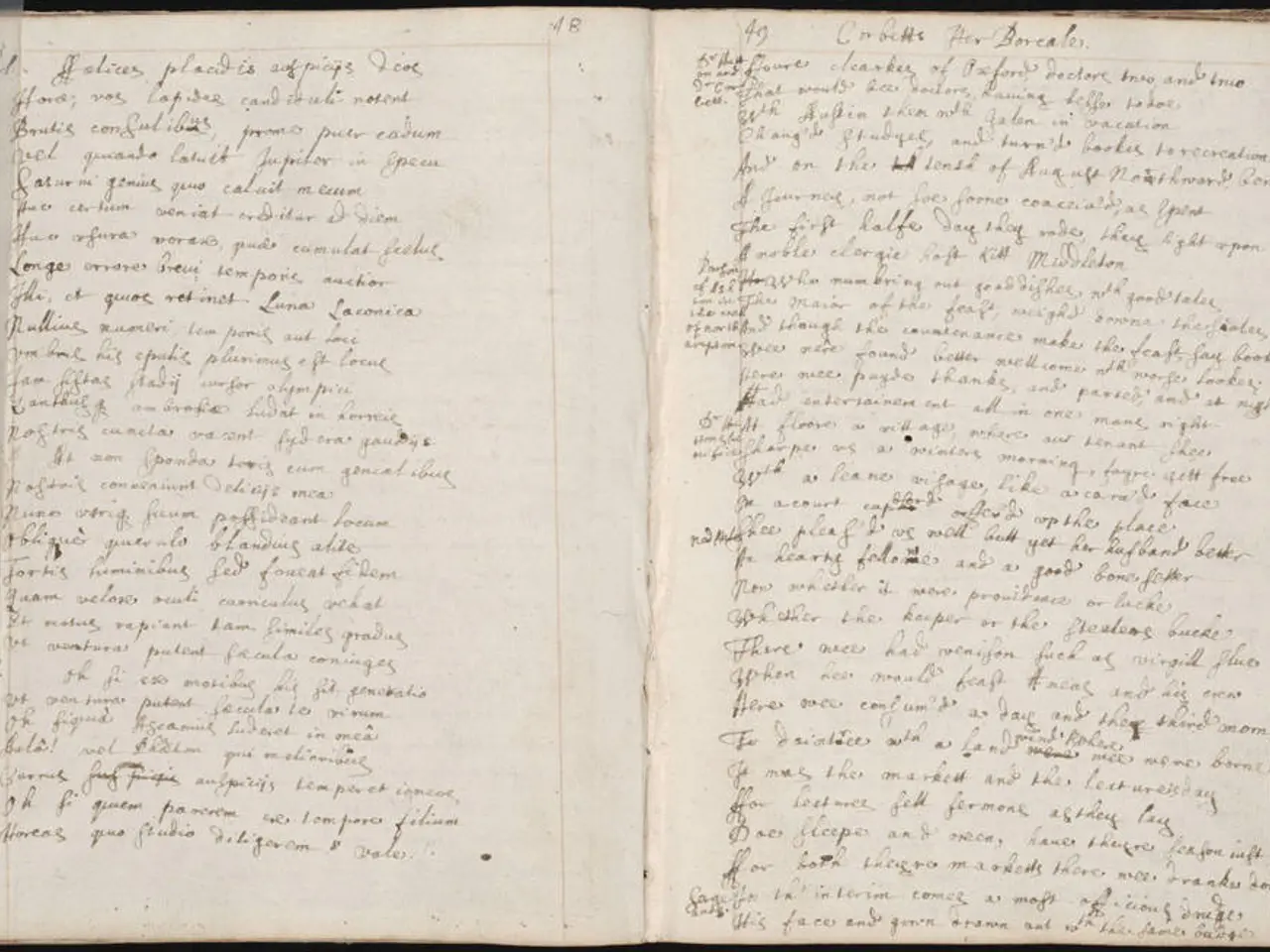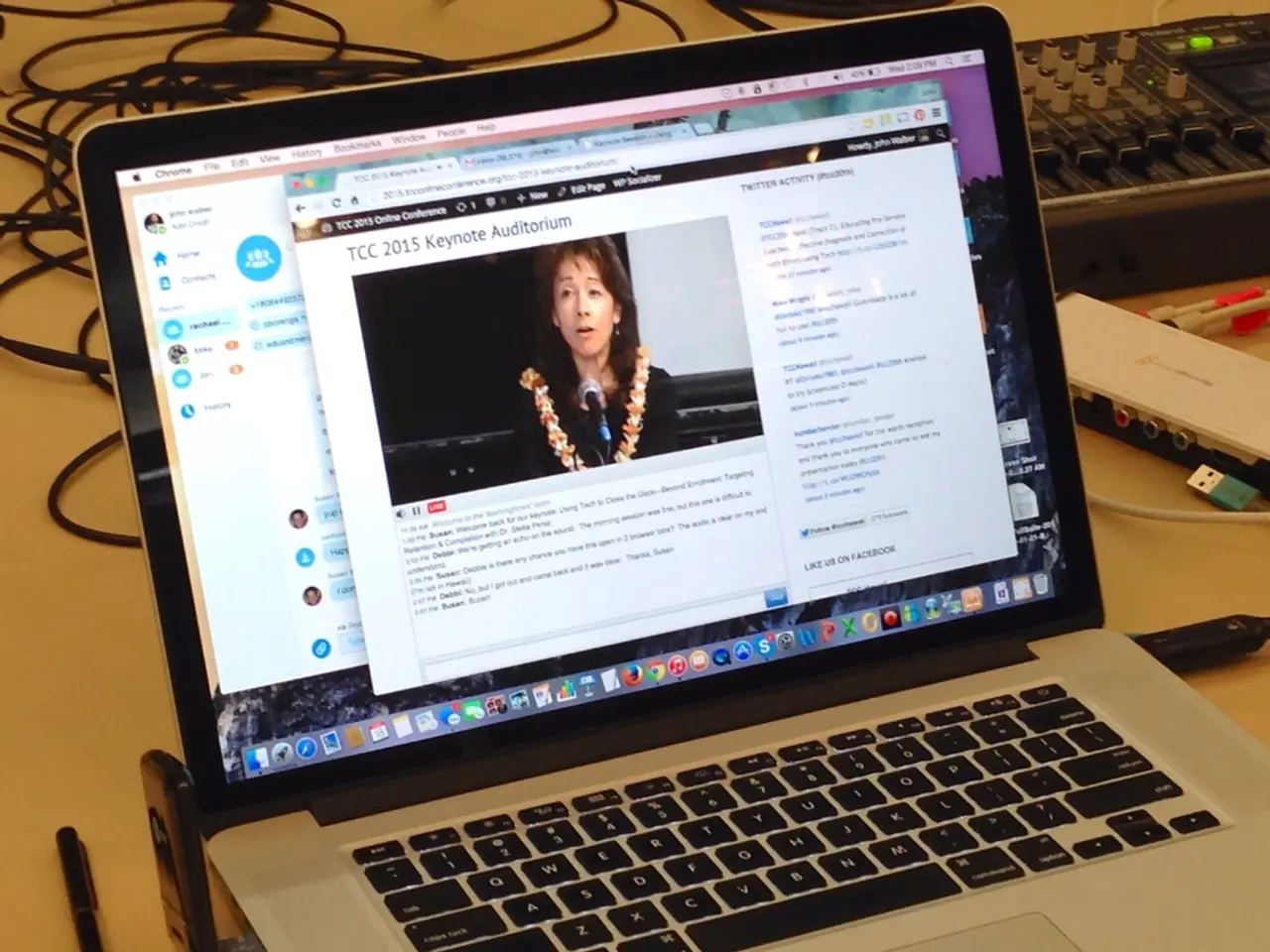A Researcher's Guide to Perfecting Your Work: Proofreading Techniques and Tips for Academic Writing
Strategies and Recommendations for Correcting Errors in Scholarly Writing
Learning to proofread is an essential skill for any researcher, regardless of their experience level. This guide will outline various proofreading techniques that can help perfect your academic writing and impress your readers.
Understanding Proofreading and Its Importance
Proofreading is the process of correcting spelling, grammar, punctuation, and formatting errors in a research paper or manuscript. A proofreader ensures that the work is free from any inadvertent mistakes and improves its readability. Proofreading is vital as it helps you clarify your ideas, maintain clarity, and identify errors that may have slipped past you during brainstorming and writing phases [1].
It is crucial to note that proofreading is distinct from editing. Editing involves evaluating the overall structure, arguments, and flow of the research paper. Proofreading, on the other hand, focuses solely on grammar, spelling, punctuation, and formatting [1].
Proofreading Techniques for Academic Researchers
- Pay Attention to Detail: This is the foundation of effective proofreading. Keep distractions at bay, focus on the task at hand, and scrutinize your work with a critical eye. This will help you spot minor errors in grammar, data, or formatting [1].
- Focus on One Type of Error at a Time: Proofreading can be challenging, so it's essential to break it down. Start by looking for common errors like grammar, spelling, or punctuation, and work your way through the more subtle issues [1].
- Read the Manuscript Aloud: Reading your work out loud can help you catch errors that might have gone unnoticed during silent readings. Pauses for commas, full stops, and proper intonation will ensure a natural flow [2].
- Have Someone Else Read It: A fresh pair of eyes can be invaluable. After you've finished proofreading, have a trusted colleague or friend read your manuscript. They might spot missed errors or offer constructive feedback that can help strengthen your work [3].
- Keep a Checklist: Creating a checklist will help you ensure that you've covered all the essential elements of proofreading. Common items to include are:
- Grammar
- Spelling
- Punctuation
- Formatting requirements
- References or citations [3]
- Read Backwards: Reading your work backwards can help you focus on the structure of your sentences and catch errors that might have been missed during a regular read [2].
- Utilize AI Tools: If you're short on time, consider using AI-based proofreading tools like our platform. These tools can help automate the proofreading process, saving you time while ensuring your work is error-free [4].
Our platform is an AI writing assistant that assists academics in writing better, faster, and with fewer errors. Trained on millions of research manuscripts, our platform delivers human precision at machine speed. Upgrading to our platform's Prime version offers unlimited access to premium features such as academic translation, paraphrasing, contextual synonyms, consistency checks, submission readiness, and more [4].
Additional Resources
- 5 Critical Research Paper Grammar Checks Every Author Must Do
- The Art of Using Synonyms in Academic Writing
- To or Too: Acing the Perfect Punctuation
- Mastering Academic Vocabulary: 3 Easy Methods for Researchers
By incorporating these techniques into your proofreading practice, you'll be well on your way to producing compelling, error-free academic research papers.
- Utilizing the real-time suggestions provided by AI-based proofreading tools, like our platform, can assist academics in writing academic research papers with fewer errors.
- Academic writing requires a high level of consistency checks to maintain clarity and coherence, ensuring the accuracy of data and references throughout the research paper.
- Reading academic research papers backward can help authors focus on the structure of their sentences and catch errors that might have been missed during a regular read.
- A checklist is beneficial for academic researchers, as it ensures they've covered essential elements of proofreading such as grammar, spelling, punctuation, formatting, references, and citations.
- Incorporating paraphrasing techniques into academic writing and academic translation can contribute to personal growth and education-and-self-development, as it broadens one's vocabulary and understanding of academic discourse.






